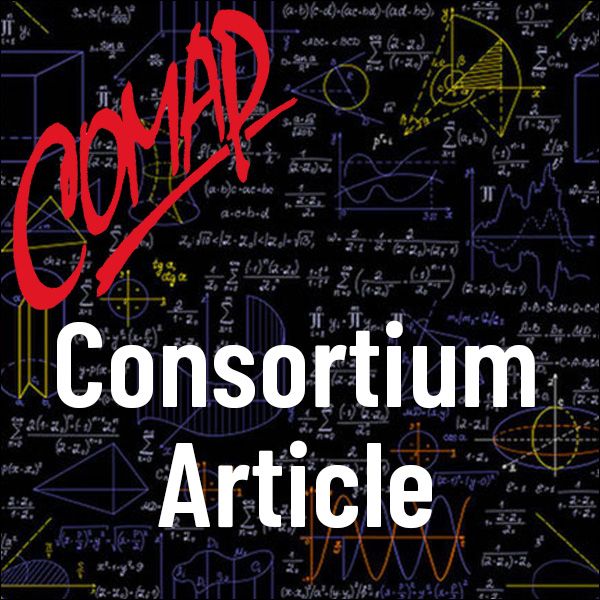Air a Mathematical Model of Defense
Author: Henry O. Pollak
Mathematical thinking about air defense is a subject whose acceptability varies a lot. But if you are willing to think about it, there are some very interesting questions. For example, how do you tell if a defense is "successful"? The answer will change depending on the time period in history that we're thinking about.
In World War II, attrition was a good measure of success; if the attacker lost a sufficiently large percentage of pilots and planes during each raid, he wouldn't be able to keep it up for very long.
The situation was different in, say, the 1960's. We had two superpowers, each interested in using defensive missiles against the other's offensive missiles. The point of view changes. There is no thought of reusable attackers, and a single attacker getting through is a major disaster. A mathematical model of such a scenario concentrates not on attrition, but on breakthrough.
This little study presents a very simple example where we attempt to model only a small portion of the reality of the 1960's situation. It is interesting because of the methods it uses and the insights it can reveal.

Mathematics Topics:
Application Areas:
You must have a Full Membership to download this resource.
If you're already a member, login here.